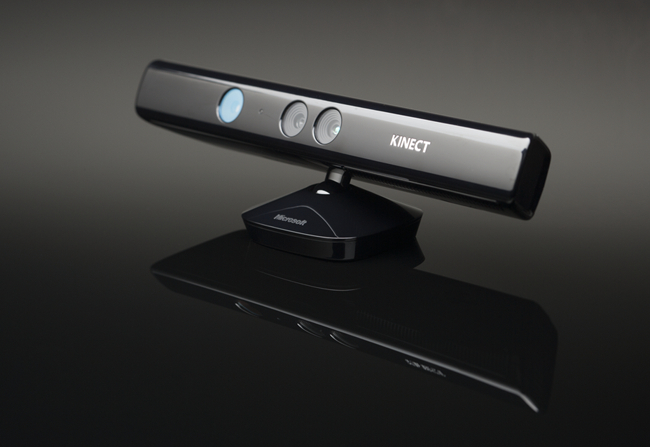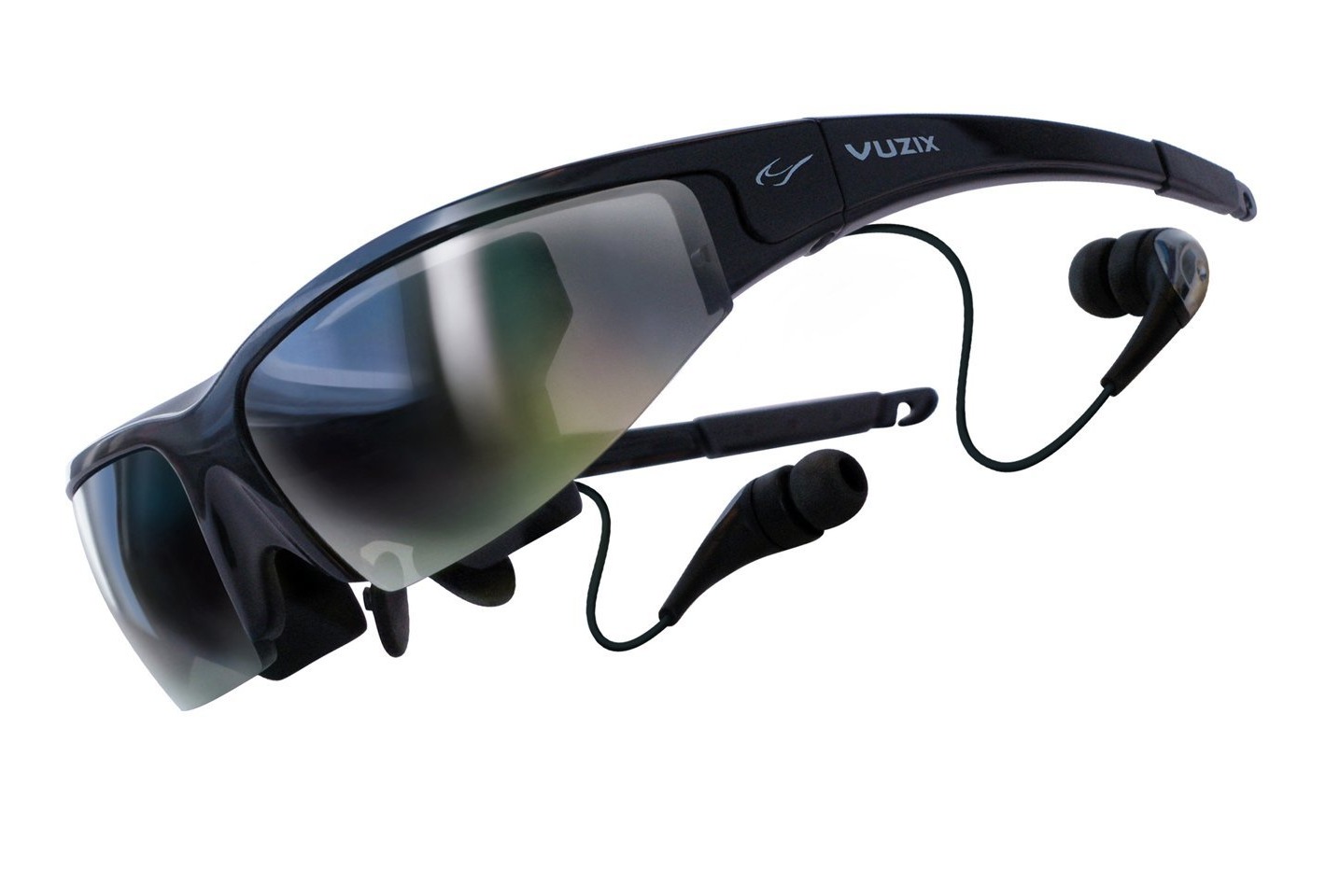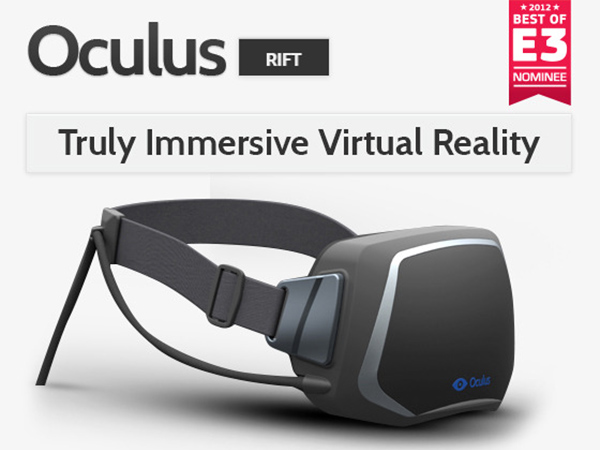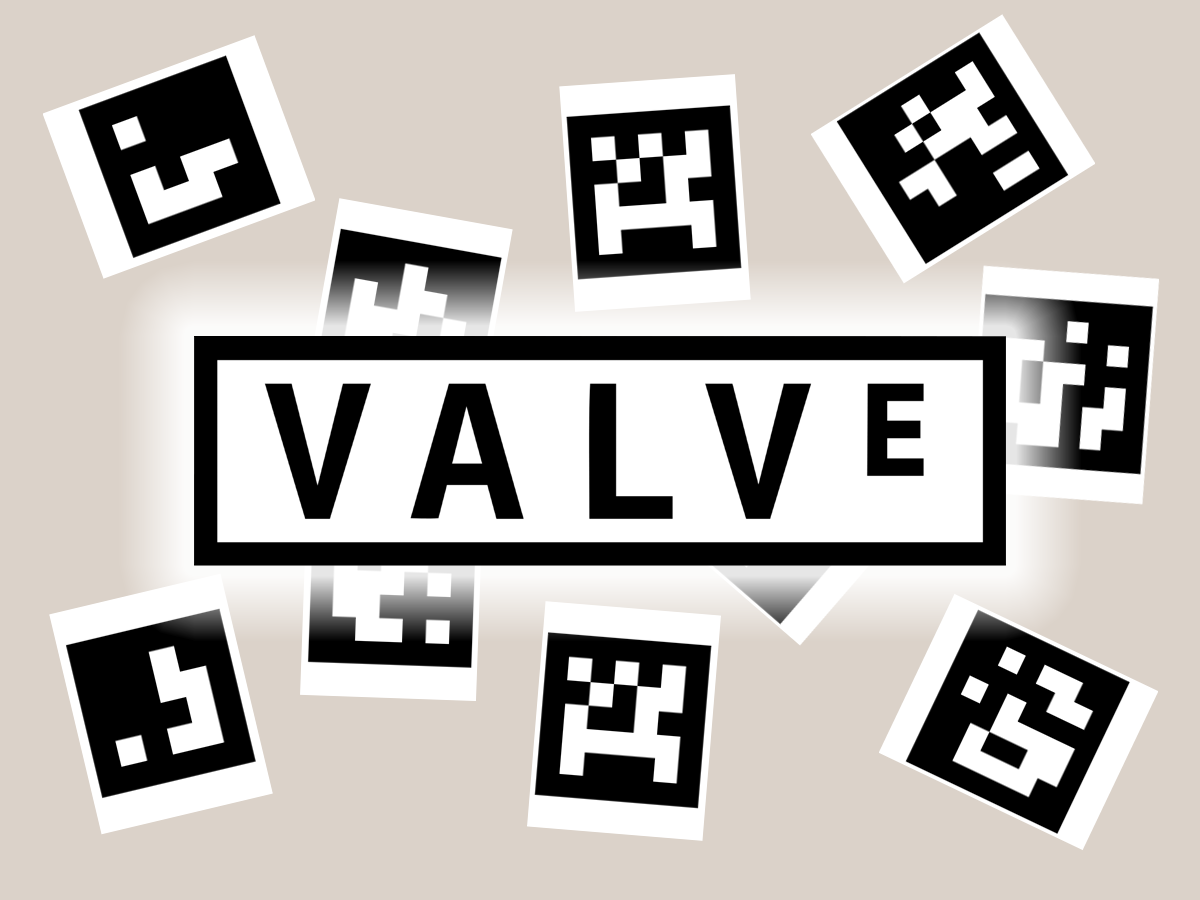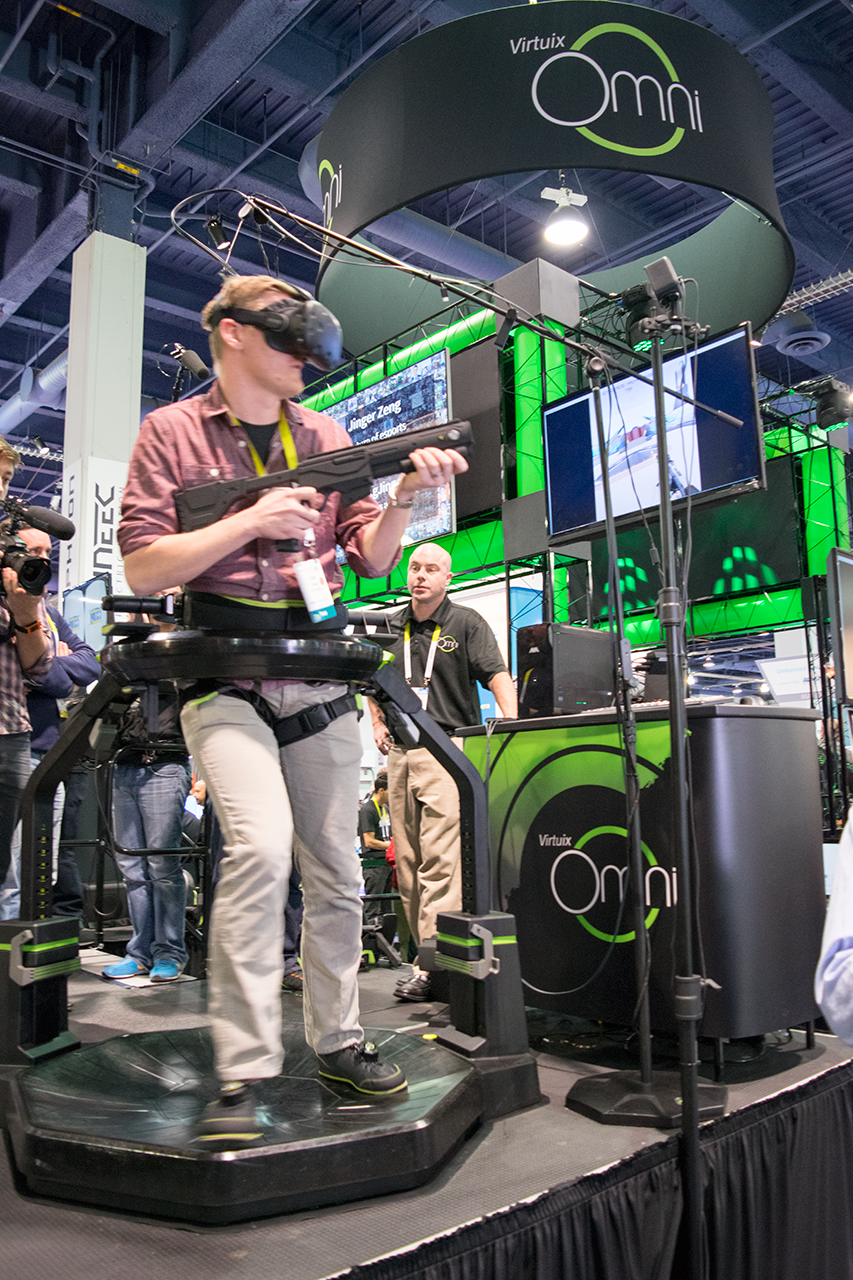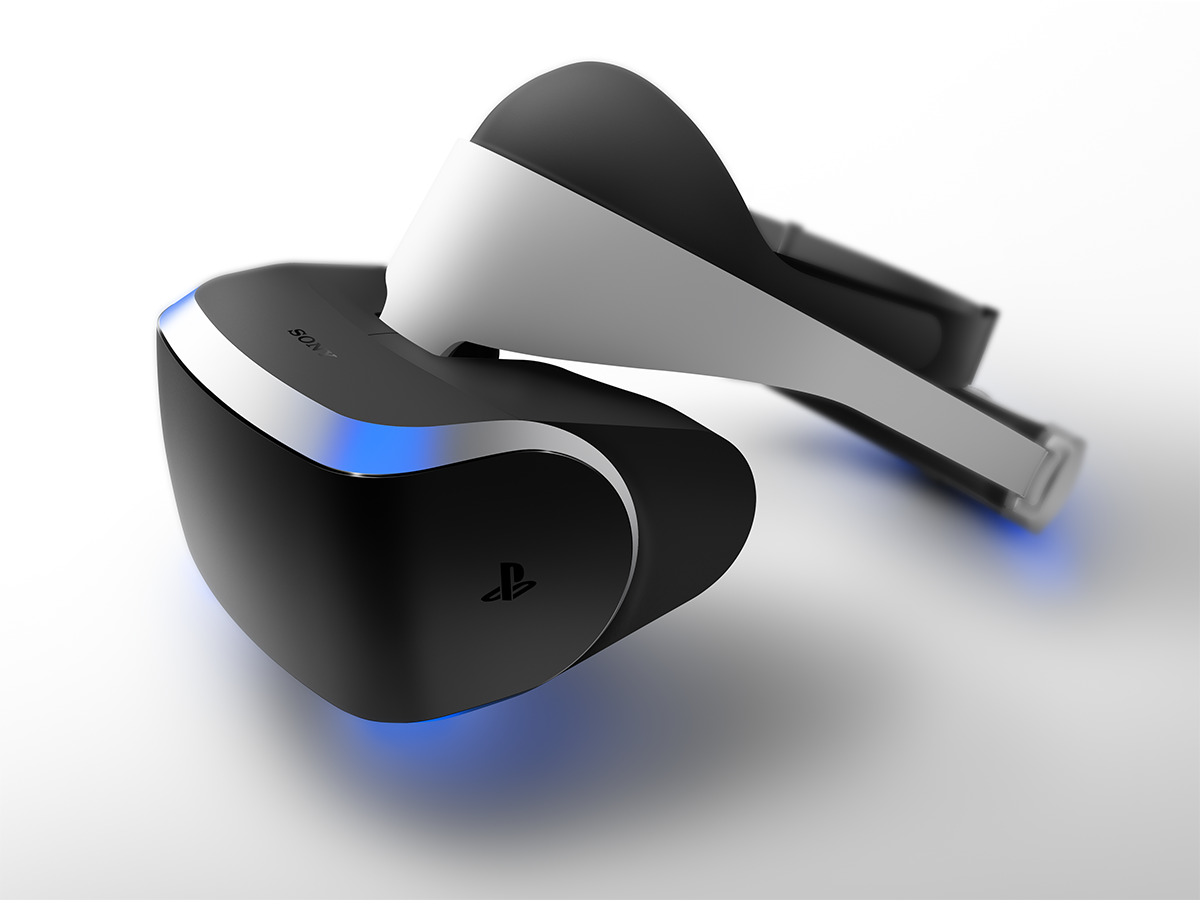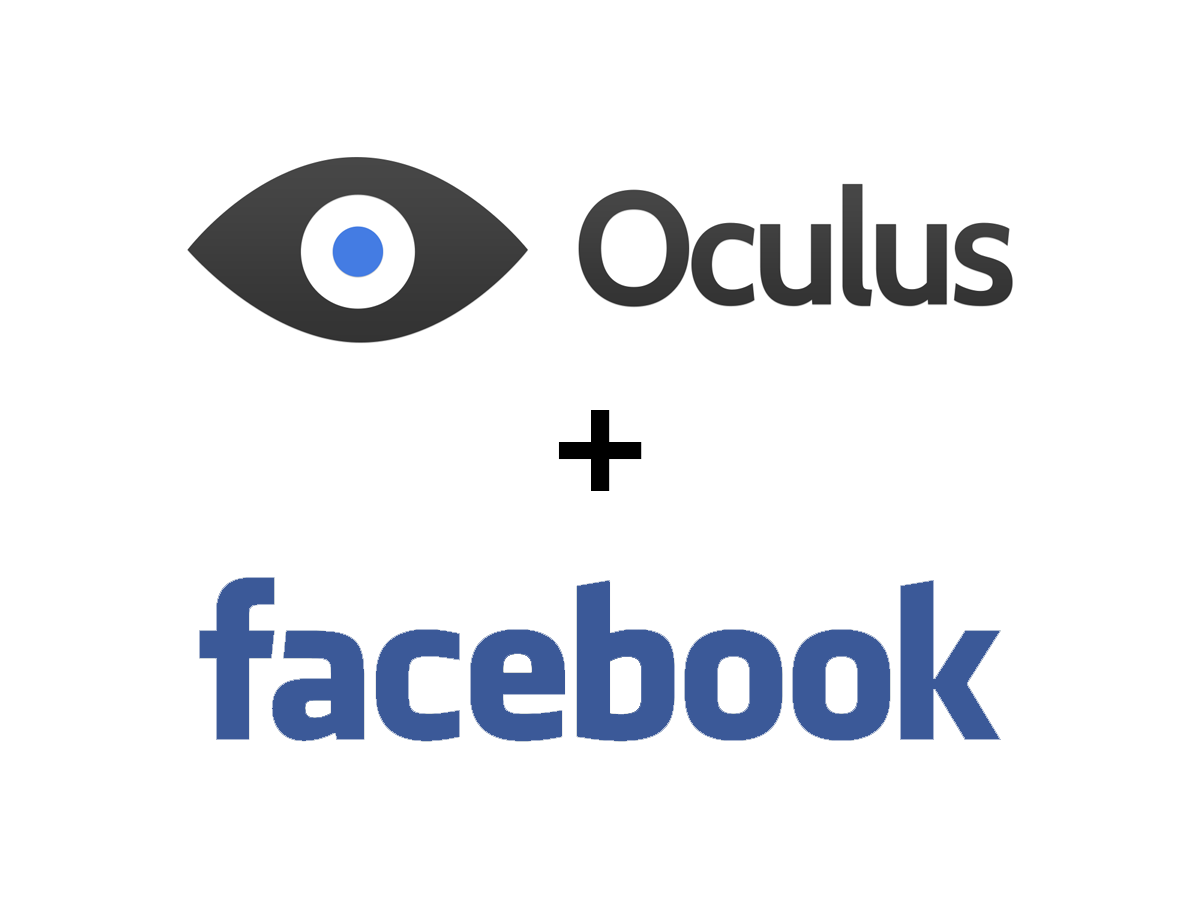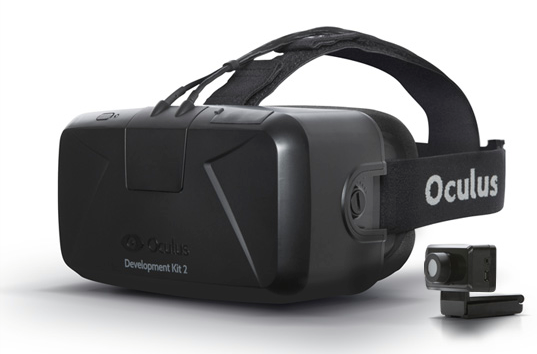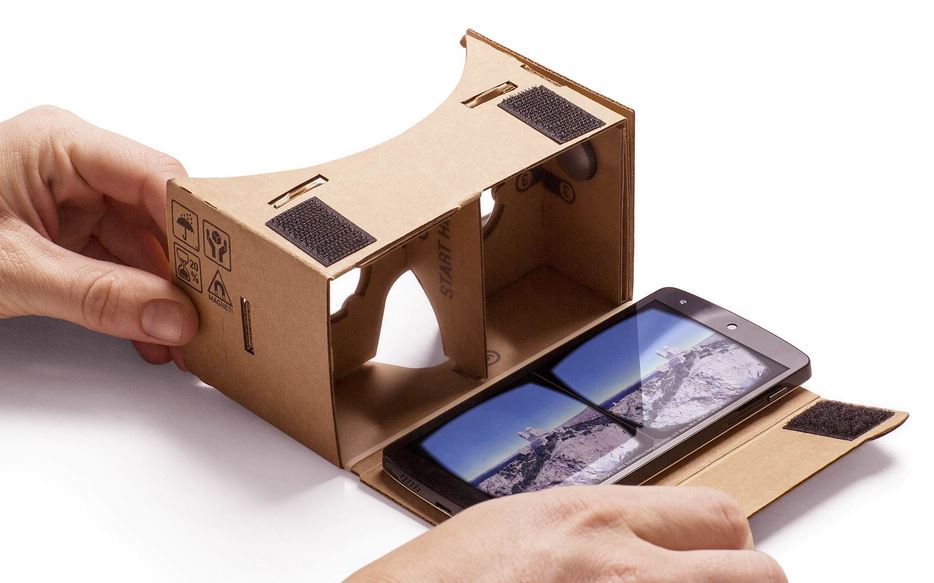The History Of Virtual Reality
2010 - Xbox Kinect
Microsoft might have been late to the motion controller game, but it also stands out the most. Unlike the Wii Remote and PlayStation Move, the Xbox Kinect used with the Xbox 360 console does not require you to hold a controller to interact with the system or games. Instead, the Kinect uses a camera to detect how you move various parts of your body. This not only frees you up from holding a controller, it also lets the system see your entire body as a control. Games that take advantage of this feature can detect individual hand, arm, head and leg movements to interact with the in-game world. It also incorporated speech-based controls, so you can use your console simply by speaking commands.
MORE: Virtual Reality Basics
MORE: Virtual Reality in the News
MORE: All Virtual Reality Content
2011 - Vuzix Wrap VR1200
Vuzix, a company that has made several headsets with AR features as well as simple non-VR or -AR HMDs, opted to try its hand at a VR device. Its HMD, the Vuzix Wrap VR1200, could easily be mistaken for a pair of sunglasses. It's extremely light at just 3 ounces, and it incorporates head tracking technology and a stereoscopic 3D display. Although it isn't particularly revolutionary outside of its compact size, it marked an early return of VR in 2011.
2011 - Tobii Eye Tracking
In 2011, Tobii introduced two products with eye-tracking technology. This enabled users to control their systems using just eye movements. It first surfaced on a prototype laptop by Lenovo, as well as a separate device that could be connected to other PCs. It has since gained momentum and has been incorporated into more systems, with video games adding new custom controls for the interface. Now VR HMDs are also starting to incorporate this kind of eye tracking technology.
2012 - Oculus Rift, The Revolution
The disappointment caused by VR headsets in the 1990s was so strong that no one made a significant attempt at VR for more than a decade. The technology was left to researchers and tinkerers. One such tinkerer was Palmer Luckey, a teenager with a passion for VR and free reign of his parents' garage.
Luckey created a working VR HMD prototype and shared it with members of the Meant To Be Seen (MTSB) community, including John Carmack, legendary game designer and Founder of id Software. Carmack was so impressed with what Luckey had created that he brought it to E3 in 2012 and gave a demonstration of the headset.
Soon after, Luckey formed Oculus. In August 2012, Oculus launched the Rift Kickstarter campaign, which went on to bring in over $2 million. The following spring, Oculus delivered on its promise and shipped Rift DK1 (developer kit 1) headsets to Kickstarter backers, marking the beginning of the consumer VR revolution.
Get Tom's Hardware's best news and in-depth reviews, straight to your inbox.
2012 - Valve's Room-Scale VR Experiments
At around the same time that Palmer Luckey started the Oculus Rift Kickstarter, famed PC game developer Valve began experimenting with VR. Its initial work was focused on getting positional tracking right with a view to being able to walk around in a virtual space, and it created a VR room covered with AprilTag fiducial markers for head-mounted cameras to track.
Initially, Valve used modified versions of existing industrial-grade VR headsets such as the nVisor ST50, but it soon began working on its own headset hardware, leading to a prototype HMD that used low-persistence OLED displays in 2013.
From the very beginning, Valve planned to make its own VR hardware, and up until 2014 it intended to work with Oculus to commercialize its technology. When Facebook's purchase of Oculus scuttled those plans, Valve turned to HTC, and the Vive was born.
2013 - Virtuix Omni
People had mixed reactions to the Oculus Rift. Some were enthusiastic about VR returning, but others criticized the device and were doubtful it would fare any better than the devices of the 1990s. One criticism about the Rift was that although it was capable of displaying a virtual world, users couldn't naturally interact with it.
The Virtuix Omni sought to correct this issue, as well. This omnidirectional treadmill allows the user to walk freely and naturally in the virtual world without the risk of unexpectedly walking into a wall. When its Kickstarter page went live in 2013, it was an instant success, raising over $1 million. Virtuix is now shipping the Omni to its faithful backers and accepting pre-orders for units that will ship later this year.
2014 - Sony Morpheus
Without warning, Sony threw itself into the race for VR in March 2014 by unveiling its Project Morpheus headset during GDC. Unlike the PC-dependent Rift, the Morpheus headset would interface with the company's Playstation 4 console. Sony didn't reveal much about the headset in 2014 other than noting that it would have a 1080p display, full 360-degree tracking, and a focus on ergonomic design. The Morpheus system was also designed with the Move motion controllers in mind, bringing your hands into the virtual space.
Sony announced in September 2015 that Project Morpheus had been officially named Playstation VR (PSVR) and that it would be shipping in the first half of 2016. On March 15, 2016 the company officially announced the shipping date would be slipping past the original plan to October 2016.
The headset will be sold alone (with accessories) and in bundle form. The latter includes the Playstation camera (required) and two Move controllers for hand tracking. PSVR features a single 1080p low persistence OLED display. Sony has a leg up with its display in that it features three sub-pixels per pixel (true RGB), which gives it strong clarity for the resolution. Sony also used the same optics team that designs its camera lenses to create the optics for the PSVR.
2014 - Facebook Acquires Oculus VR
Just days after Sony unveiled Project Morpheus, Facebook stole the show by announcing the acquisition of Oculus VR Inc. for a tidy sum of $2 billion ($400 million cash, and 23.1 million Facebook shares valued at $1.6 billion at the time of closing.) Mark Zuckerberg, CEO of Facebook, said that he believed VR would be the next computing platform and bet big on the medium.
Some were angered and dismayed by the sale of the company, fearing that it would mean Facebook-like advertisements forced upon us in virtual reality. In truth, the sale of the company gave Oculus the resources needed to build the product better and faster, and to create a stronger developer ecosystem.
2014 - Oculus Rift Prototypes
In January 2014, Oculus revealed the Crystal Cove Rift prototype. This version had a low persistance OLED display and introduced a new camera-based tracking system that allowed for head tracking in 3D space. The camera significantly reduced the motion sickness many experienced with the original DK1.
In July 2014, Oculus began shipping the DK2, which included an improved version of the Crystal Cove tracking system. The DK2 featured the same 1080p display found on the Galaxy Note 3 from Samsung, which gave each eye an effective resolution of 960x1080.
In September 2014, Oculus began showing the Crescent Bay prototype to media and developers. Crescent Bay featured built-in audio for the first time in a Rift headset, a lighter overall weight compared to the DK2 kits, and 360-degree tracking thanks to LEDs located on all sides of the HMD. Crescent Bay is also the first Rift design that included separate displays for each eye.
2014 - Google Cardboard
Although the revolutionary wave of VR headsets contained numerous features, they were all quite expensive. Google opted to create a more affordable solution, the surprisingly simple Google Cardboard. Google Cardboard is essentially just, well, a piece of cardboard that holds your smartphone. It does contain a piece of glass and an optical system, but the smartphone used in the Cardboard headset does most of the work. This headset gives users an extremely basic (and extremely inexpensive) VR experience.
-
Nuckles_56 Thanks for such an informative read, I never realized that the history of VR went so far back and that there were so many units in the 1990's as wellReply -
Virtual reality has no future just like no one cares about 3D TV. Sounds cool but it is meh. Toms hardware should move on and talk about something else.Reply
-
deathcall666 Youre wrong freak777power , 3D tv fails because television itselft is a dying industry. Older men uses tv more frequently the teenagers and they cant make the diference between a 3D or old tube TV anyways.Reply
Pc gaming is however not dying , and VR is just begining a new era. -
stackedoverpass @deathcall666 No its not like it. 2D sales in the cinema dwarf 3D gimmick tickets. The same analogy can be applied on VR. When 3D TVs came out, TV were booming and big and next frontier seemed to be 3D. VR going to be flop like LCD watchesReply -
cats_Paw VR is still in its infant stages.Reply
For VR to be FULLY inmersive we need:
1. eye tracking for realistic viewing angles
2. high fidelity panels (LED and OLED are not yet).
3. A way to be able to "move" in the environment (some projects are out there, not done yet).
4. Kinetic gloves that will allow us to "feel" something we touch/pick up in a game.
5. Accurate positinal audio.
6. near 0 latency.
So, its looking good? yes Its going forward? Yes.
Are we there yet?
Not even close. -
hdmark I think it really depends on how you view VR. If you look at it for purely gaming... I don't see it being big just yet. another few years when its cheaper maybe, but not yet.Reply
But where most people are wrong when they compare VR to 3D TV's is that VR has a HUGE application base outside of gaming. Industries around the world are already using VR and the more developed VR and AR get, the more applications it will be used for.
The two major examples I keep thinking of in my head are in the medical and construction fields. Im 99% sure they are already using VR hooked up with robotics to do some surgeries. and in the construction field... well imagine workers wearing hardhats with VR . Not only would it be able to alert them quicker of dangers, they would also have readouts of what they are working on. They don't need to go check blueprints anymore and diagrams, if they have a 3D model in front of them where everything should go -
IInuyasha74 Reply17709783 said:VR is still in its infant stages.
For VR to be FULLY inmersive we need:
1. eye tracking for realistic viewing angles
2. high fidelity panels (LED and OLED are not yet).
3. A way to be able to "move" in the environment (some projects are out there, not done yet).
4. Kinetic gloves that will allow us to "feel" something we touch/pick up in a game.
5. Accurate positinal audio.
6. near 0 latency.
So, its looking good? yes Its going forward? Yes.
Are we there yet?
Not even close.
Actually in one form or another we have all of that except the kinetic gloves. What really needs to happen is it all needs compacted down into one device. That is starting to happen, but still a little ways off. -
TX_Tech A local arcade had the Virtuality 1000CS back in the 90s, I remember playing it a few times, but it was expensive per game, so not as much as I wanted.Reply
It wasn't perfect, but it was better than much of what came next. -
TX_Tech ReplyThanks for such an informative read, I never realized that the history of VR went so far back and that there were so many units in the 1990's as well
I'm 40, so I remember many of these devices. The younger 20 year olds today often think this is all new, but it really isn't. The devices have better resolution and wireless is a thing now, but the old problems still exist.
The real dream is the Holodeck, I remember 1987 and watching ST:TNG in first run and being wowed by that, thinking "my lord, that would be amazing, I want it!", but as time has marched on, I've come to accept that it won't happen in my lifetime.
VR is a nice idea, but I think execution is going to be the problem. Because everyone has a monitor and most people don't have VR, it won't get the type of broad support it needs to become something. And frankly, I don't think most people WANT to put a big device on their heads.
